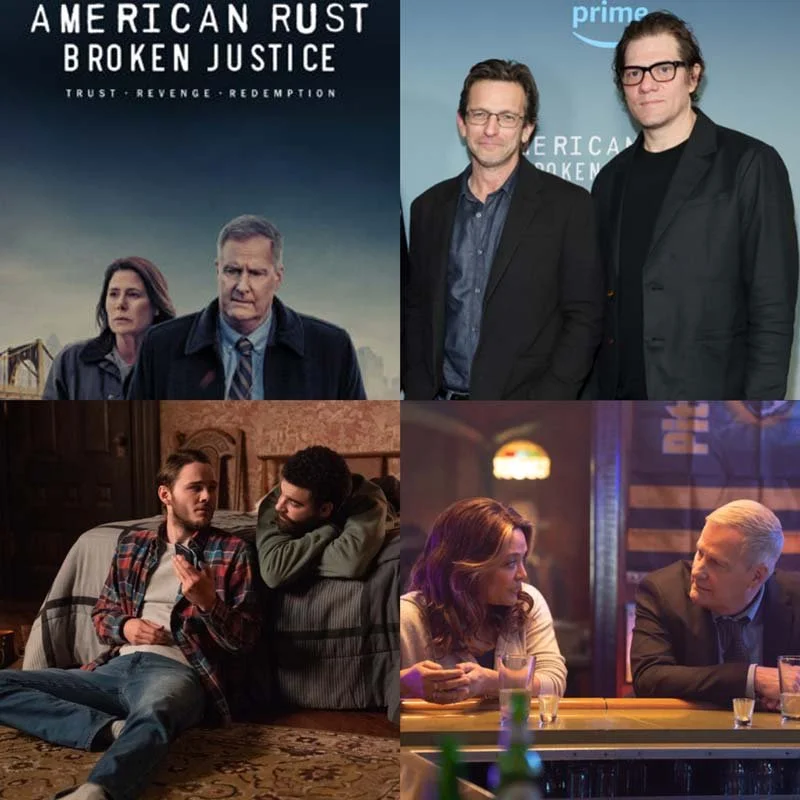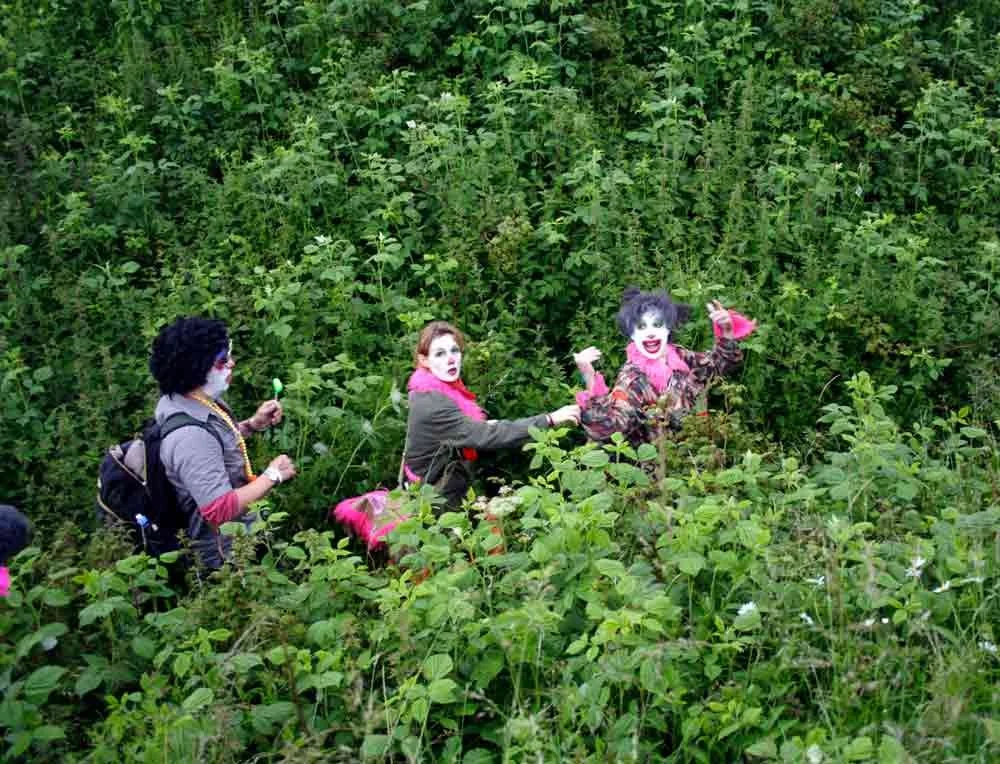Rick Bass, a National Book Critics Circle Award finalist for his memoir Why I Came West, was born and raised in Texas, worked as a petroleum geologist in Mississippi, and has lived in Montana's Yaak Valley for almost three decades. His short fiction, which has appeared in The New Yorker, The Atlantic, Esquire, and The Paris Review, as well as numerous times in Best American Short Stories, has earned him The Story Prize, multiple O. Henry Awards and Pushcart Prizes in addition to NEA and Guggenheim fellowships.
He’s an organizer and speaker at Climate Aid: The Voice of the Forest, a fundraiser event to benefit the grassroots environmental movement of Protect Ancient Forests & The Montana Project. Featuring Maggie Rogers and more great performers and speakers. The evening will advance the efforts to protect the Black Ram forest by designating the region as the nation’s first Climate Refuge. Portland, Maine, on Sunday, Oct. 15 at 7 p.m. ET, at the Merrill Auditorium. Tickets available at the Merrill’s box office and online at PortTIX.com.
THE CREATIVE PROCESS · ONE PLANET PODCAST
As you shared in the children's story The North Country you're currently writing, there occurs something that we can all sympathize with, this kind of strange place where seasons are changing, and what we once counted upon in our climate is no longer stable. What is your inspiration for writing The North Country?
RICK BASS
I grieve the changes to the four seasons that are happening here in Montana. One of the great things about this place is having four distinct seasons, and now they're tilted. Some are short, some are long, and some don't exist anymore. And that's unsettling, to say the least. It's not a fear of what's coming. It's a grief for what's gone away. I'm mindful of the pressure that we are putting on the generations who follow us and the mandate to have fun, to be fully human, to be joyous, to celebrate, and to enjoy being in the midst of nature's beauty.
THE CREATIVE PROCESS · ONE PLANET PODCAST
In your writing, you use the senses and intense specificity to draw readers into the dream. And you've always told students that meaning comes in through the details. Can you talk about your style and how you approach a story?
BASS
Be specific. Show, don't tell. And it comes back to the five senses. If it's something we can touch, taste, scent, see, hear, then we're going to engage more deeply in the dream. And if it's an abstraction like beautiful or terrible, that's a kind of shorthand, and we lose a little bit of our connection with the reader every time we use an abstraction because beautiful is going to mean something slightly different to every different reader. And then you put another abstraction on that, terrible say, that's going to mean something different. Abstraction by abstraction, a degree at a time, two or three degrees at a time, finally you're 180 degrees away from the reader. Whereas if it's something specific, a yellow-handled phillips screwdriver with a bit of oil and the handles worn smooth from where the protagonist's father had done kitchen repair in their home 75 years before, falling off a ladder at the age of nine and breaking his neck...
The specificity allows us to believe in the dream of the story. And that's what we as writers want the reader to be. We want to believe in the dream of the story. When we're not being specific as writers, it's because we are groping and grasping for the story. I think the best writing is the most specific writing, and there's this phenomenon as a writer when your story sags and you can't quite figure out what's gone wrong. You go back and look at it and wherever your best writing is, that's where the secret heart of the story is. That's where the story was trying to come up from below. And when you subconsciously were most engaged with it, you could see it, you could taste it, you could smell it, you could feel it, you could hear it.
William Carlos Williams said, "No ideas, but in things." He said in five words what I just spent five minutes blathering about. No ideas, but in things. Don't tell me what something is. Show it to me. The meaning and the idea is in the image or in the sound, or in the taste.
THE CREATIVE PROCESS · ONE PLANET PODCAST
One of your current projects is Climate Aid: The Voice of the Forest. Can you tell us about that?
BASS
I went into this old forest called Black Ram that we were seeking to defend and did successfully defend for now. There are these 600, 700, and 800-year-old trees already spraypainted in orange and blue that they were going to cut down. And I just lay down on this incredibly soft spongy forest floor jeweled with emerald moss on these old rotting carcasses of the giants that had fallen. And just this museum of timelessness. I don't know how long I slept. And I thought let's make a guitar out of a piece of one of these giant spruces. And that's what I did. I went back with my chainsaw and cut out a length of it, wheel-barreled it out, and took the piece of wood to a man named Kevin Kopp.
So it's just a great joy to be passing her around to musicians and asking them to play a song of resistance or celebration. And that's what we're going to do at Climate Aid. We're going to have it be an annual event like Farm Aid. And we want it to be big. We want it to be Woodstock in its pivot point. The way the Children's Trust court case was pivotal, the way this Black Ram court case we had and won was pivotal.
We want Climate Aid to be a celebration. And this one guitar exploring the question: Can one tree save a forest? Can one song save a forest? And we think the answer is yes. We believe it will be. What we want to do with the forest that the guitar came from is establish it as a climate refuge, a place dedicated to storing as much carbon and long-term safekeeping as possible.
We want the climate refuge to be really big. We want it to store a ton of carbon. We want it to be a focal point for increased scientific and artistic inquiry. We've brought in the world's leading climate scientists, and they've analyzed it, and they're proposing studies that should happen there. We've brought in our country's leading artists and they have experienced it and responded to it in their own way.
The Poet Laureate Ada Limón has been in and wrote a beautiful poem that went live yesterday in The Atlantic. You can find it there. And the Poet Laureate of Mississippi Beth Ann Fennelly came and wrote an incredible poem. We've had performance artists come and play music in the forest. So we want to establish the nation's first climate refuge. There is no such designation. We want it to be in Black Ram. This forest that almost got erased, a forest that was a thousand years old and almost went away. But we're getting a second chance. We saved it. Now we want to preserve it for another thousand years to study it, but we don't want to stop there. We want the government to establish a series of climate refuges all along the northern tier of the United States. What we think of as a necklace of green, a curtain of green. And from there to go around the globe, across northern Europe and northern Asia, and back around to Alaska. The amount of carbon that can be kept safely sequestered there is extraordinary. The numbers are almost unbelievable.




















































